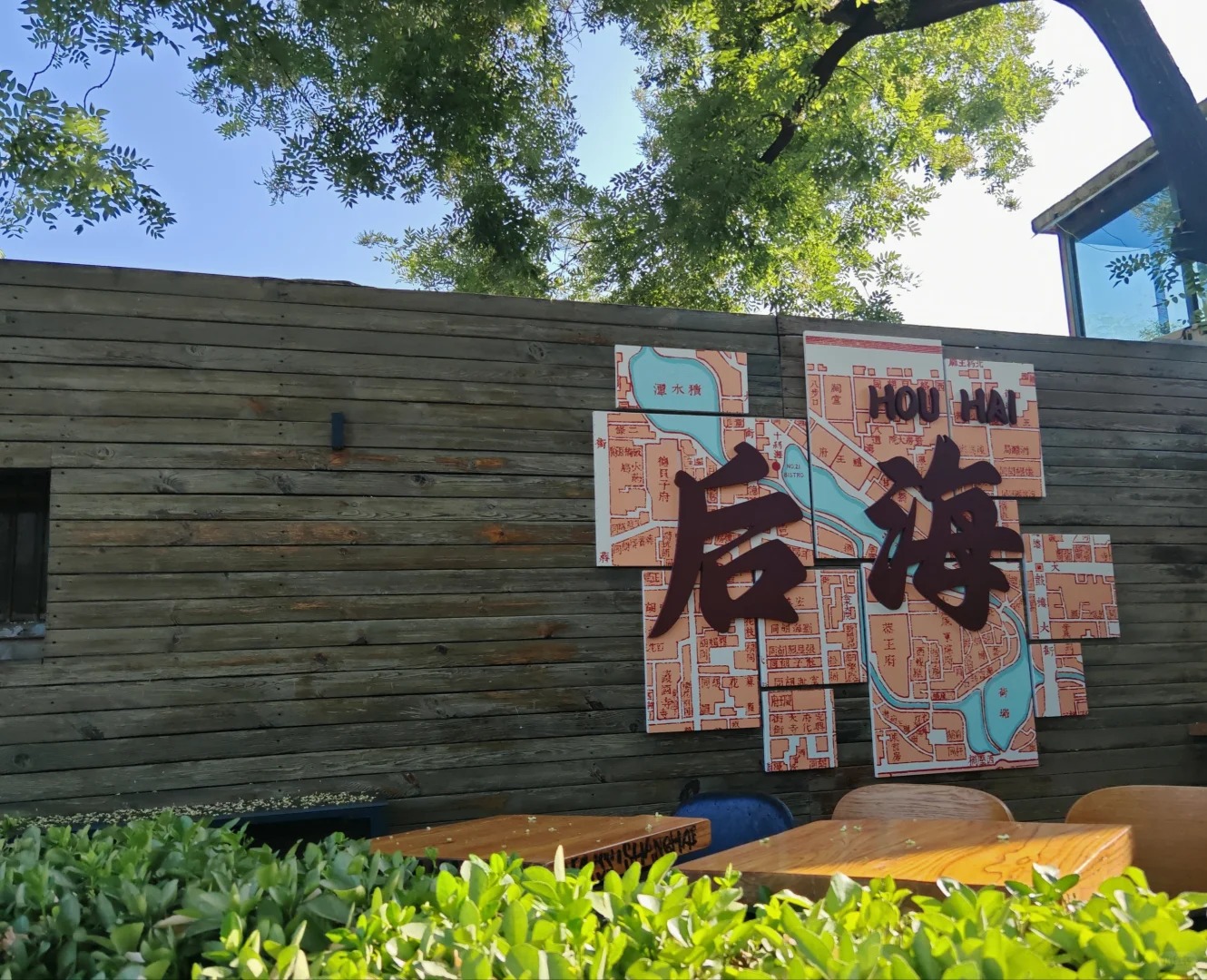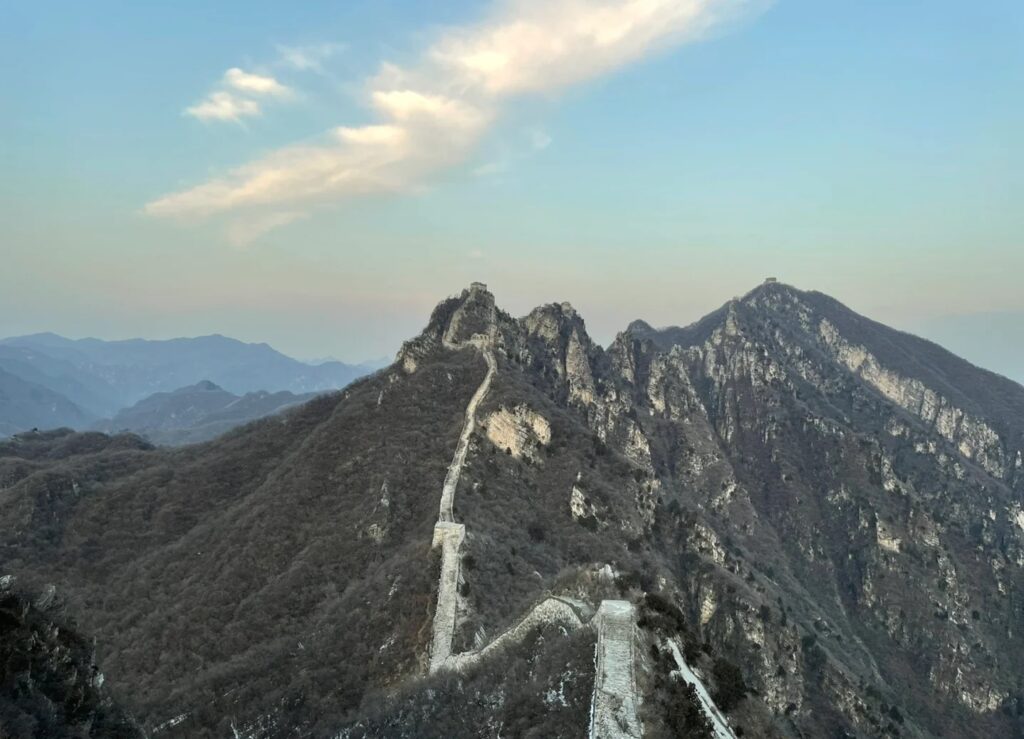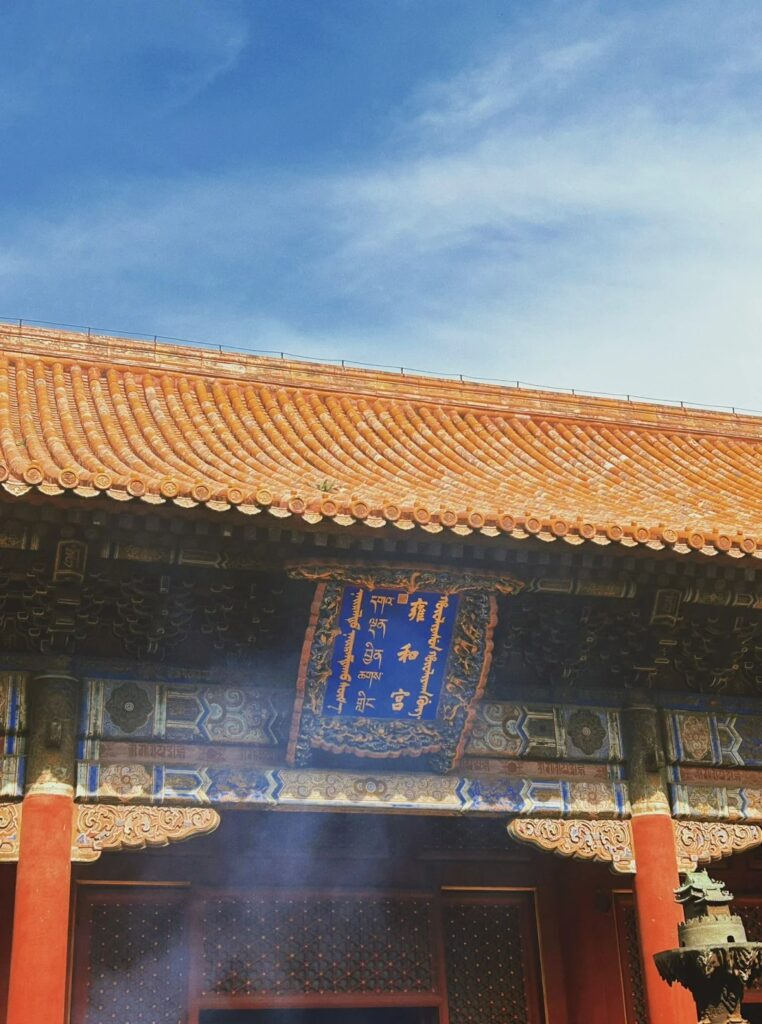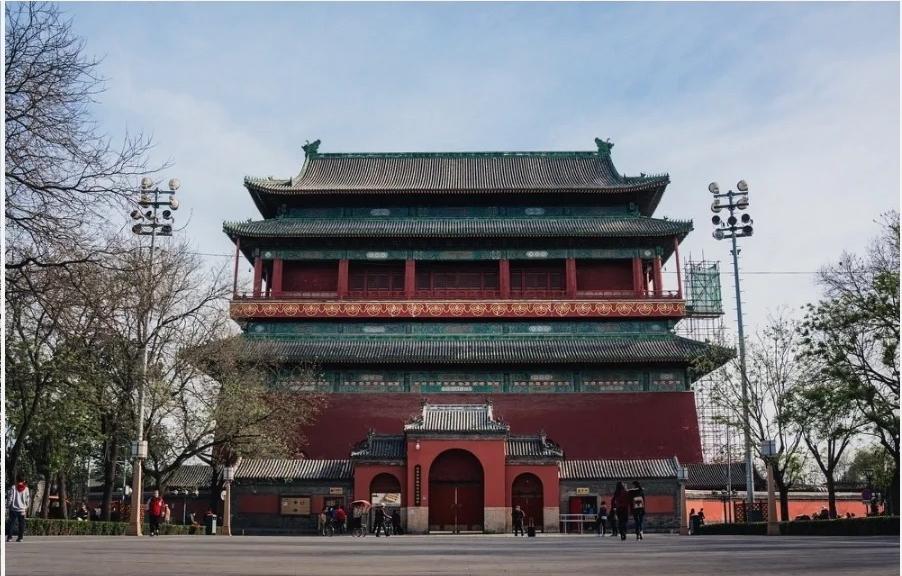Visiting Information
| Information | Details |
|---|---|
| Chinese Name | 后海 (Hòuhǎi) |
| Location and Address | Xicheng District, Beijing, China |
| Opening Hours | 24/7 (Individual establishments have their own hours) |
| Entrance Fee | Free to enter the area |
| How to Get There | By Metro: Line 6 or Line 8 to Beihai North Station, then walk about 1km By Bus: Take bus 5, 60, 107 to Drum Tower stop By Taxi: Tell the driver “Houhai” or show the Chinese characters 后海 |
| Best Time for Visit | Spring (April-May) and Autumn (September-October) for pleasant weather; Evening for nightlife |
| Contact Info | Beijing Tourism Hotline: +86 10 6513 0828 |
Overview
Houhai is a scenic lake and its surrounding area in central Beijing, China. It is part of the larger Shichahai area, which includes three lakes: Qianhai (Front Sea), Xihai (West Sea), and Houhai (Back Sea). Known for its picturesque views, historic hutongs, and vibrant nightlife, Houhai has become a popular destination for both tourists and locals. The area perfectly blends traditional Beijing culture with modern entertainment, offering a unique experience of old and new Beijing.
Historical Background
Houhai’s history dates back to the Yuan Dynasty (1271-1368), when it was part of the Grand Canal system. During the Ming and Qing Dynasties, it became a scenic spot favored by imperial families and scholars. Many traditional courtyard houses (siheyuan) and narrow alleys (hutongs) were built around the lake, some of which still remain today. In the early 20th century, many prominent figures in Chinese history, including Soong Ching-ling and Guo Moruo, lived in this area. Since the 1990s, Houhai has transformed into a popular entertainment district while still preserving much of its historical charm.
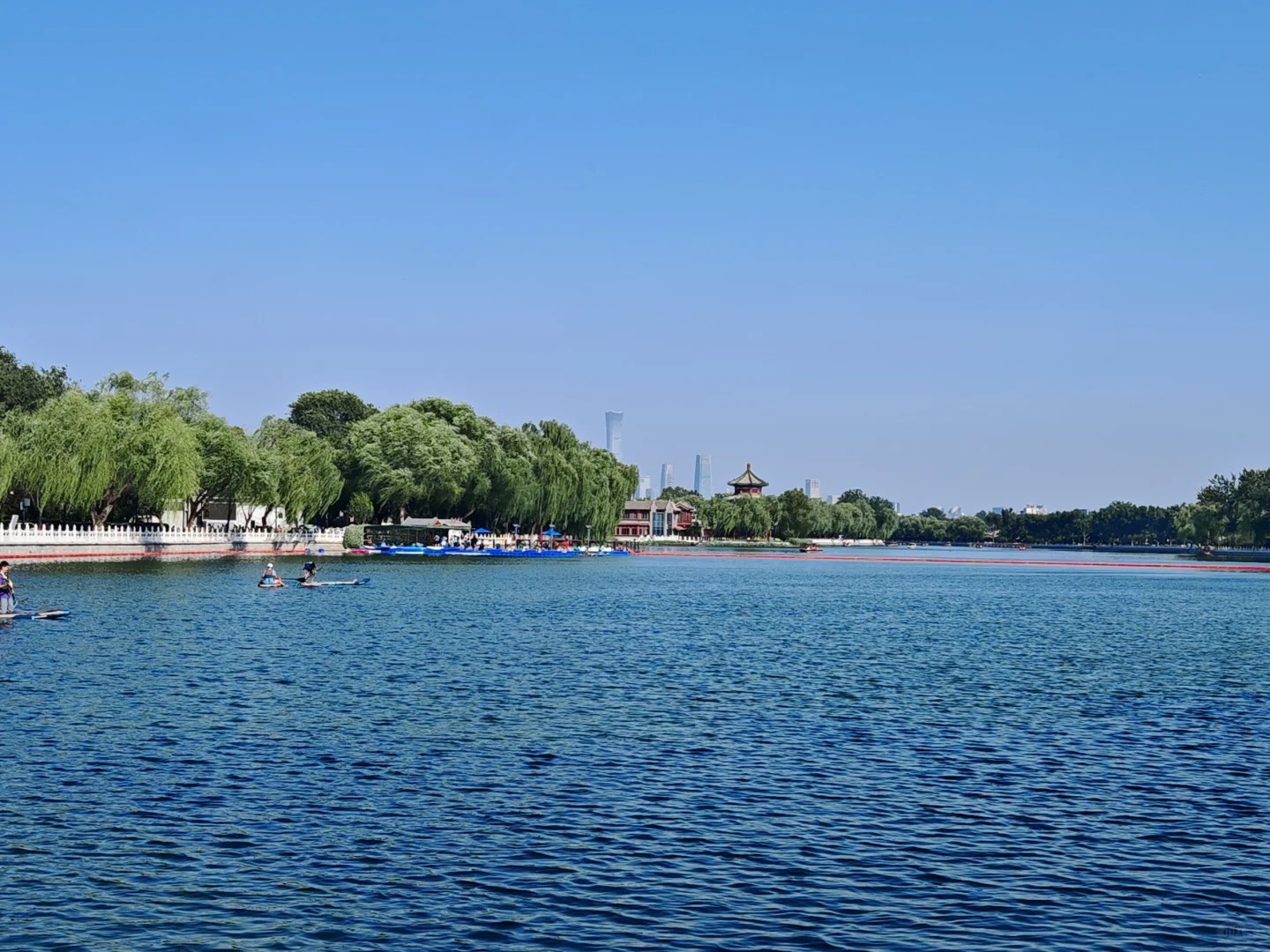
Architectural Features
- Traditional Hutongs: The narrow alleyways surrounding Houhai are lined with traditional single-story courtyard houses. These hutongs, some dating back hundreds of years, offer a glimpse into old Beijing life and architecture. Notable hutongs include Yandai Xiejie (Tobacco Pouch Slant Street) and Yangfang Hutong.
- Siheyuan (Courtyard Houses): These quadrangle dwellings are traditional Beijing-style residences. Many have been converted into restaurants, bars, or guesthouses, but they maintain their original architectural structure with rooms built around a central courtyard.
- Silver Ingot Bridge: This distinctive bridge, shaped like a traditional Chinese silver ingot, connects Houhai with Yinding Bridge. Its unique design makes it a popular spot for photos and a symbol of the area.
- Guanghua Temple: Located on the north shore of Houhai, this Buddhist temple dates back to the Tang Dynasty. Although much smaller now, it showcases traditional Chinese temple architecture and provides a peaceful contrast to the bustling surroundings.
Cultural Importance
Houhai holds significant cultural importance as a microcosm of Beijing’s history and development. It represents the intersection of old and new Beijing, preserving traditional architecture and lifestyle while embracing modern entertainment and cuisine. The area has been home to many important figures in Chinese history and culture, adding to its significance. Today, it serves as a cultural hub where visitors can experience traditional Beijing culture through its architecture, cuisine, and various cultural activities like pedicab rides and ice skating in winter.
Surrounding Attractions
- Drum and Bell Towers: Located just north of Houhai, these ancient towers were once used to announce the time in imperial Beijing. Visitors can climb the towers for panoramic views of the surrounding hutongs and lakes.
- Prince Gong’s Mansion: This expansive property was once owned by a powerful Qing Dynasty official. It’s one of the best-preserved examples of ancient Chinese architecture and garden design in Beijing, featuring intricate rockeries, pavilions, and courtyards.
- Yinding Bridge: This picturesque bridge connects Houhai and Qianhai lakes. It’s a popular spot for watching sunsets and taking in views of the surrounding area, especially when lit up at night.
- Soong Ching-ling’s Former Residence: This well-preserved courtyard home once belonged to Soong Ching-ling, an important political figure in modern Chinese history. Now a museum, it offers insights into her life and the history of 20th century China.
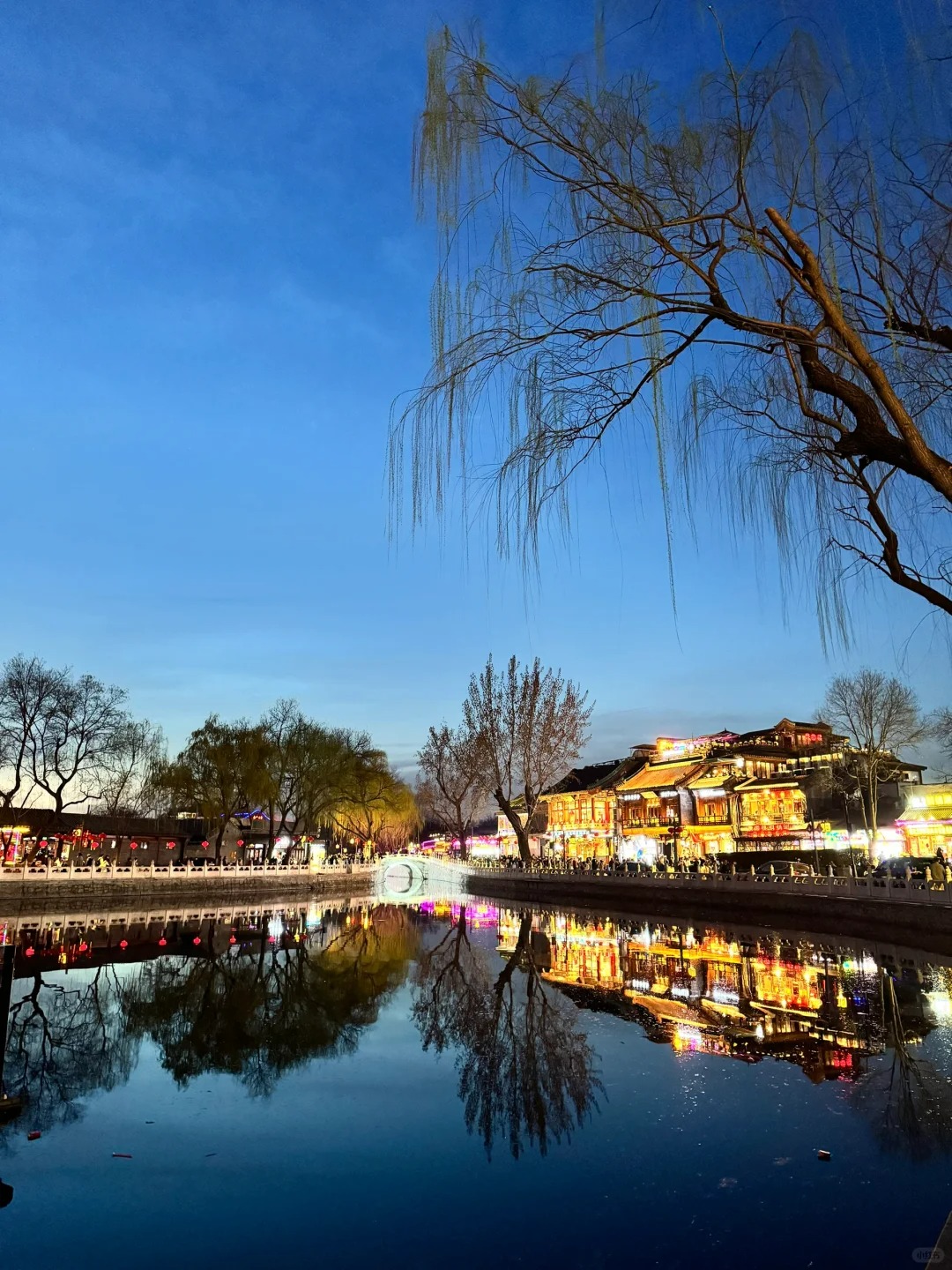
Photography Opportunities
- Lakeside Scenery: The calm waters of Houhai, especially during sunrise and sunset, offer beautiful reflections of the surrounding buildings and willow trees. The contrast between traditional architecture and modern bars creates unique compositional opportunities.
- Hutong Life: The narrow alleys around Houhai provide excellent opportunities for street photography, capturing the daily life of local residents against the backdrop of traditional architecture.
- Night Scenes: As night falls, Houhai transforms with colorful lights reflecting on the lake. The bustling bar street, with its neon signs and lively atmosphere, offers vibrant nighttime photography opportunities.
- Seasonal Changes: Each season brings different photographic subjects – from snow-covered roofs in winter to blooming flowers in spring, lush greenery in summer, and golden leaves in autumn.
Modern Importance
- Tourism Hub: Houhai has become one of Beijing’s most popular tourist destinations, attracting both international and domestic visitors. It plays a crucial role in showcasing Beijing’s blend of traditional culture and modern lifestyle.
- Nightlife Center: The area is renowned for its vibrant nightlife, with numerous bars, live music venues, and restaurants. It’s an important social and entertainment district for both locals and tourists.
- Cultural Preservation: Houhai serves as a living museum of sorts, preserving traditional Beijing architecture and lifestyle. It’s an important site for cultural heritage conservation in the rapidly modernizing city.
- Economic Driver: The popularity of Houhai has made it a significant contributor to local economy, supporting numerous businesses in the hospitality and tourism sectors.
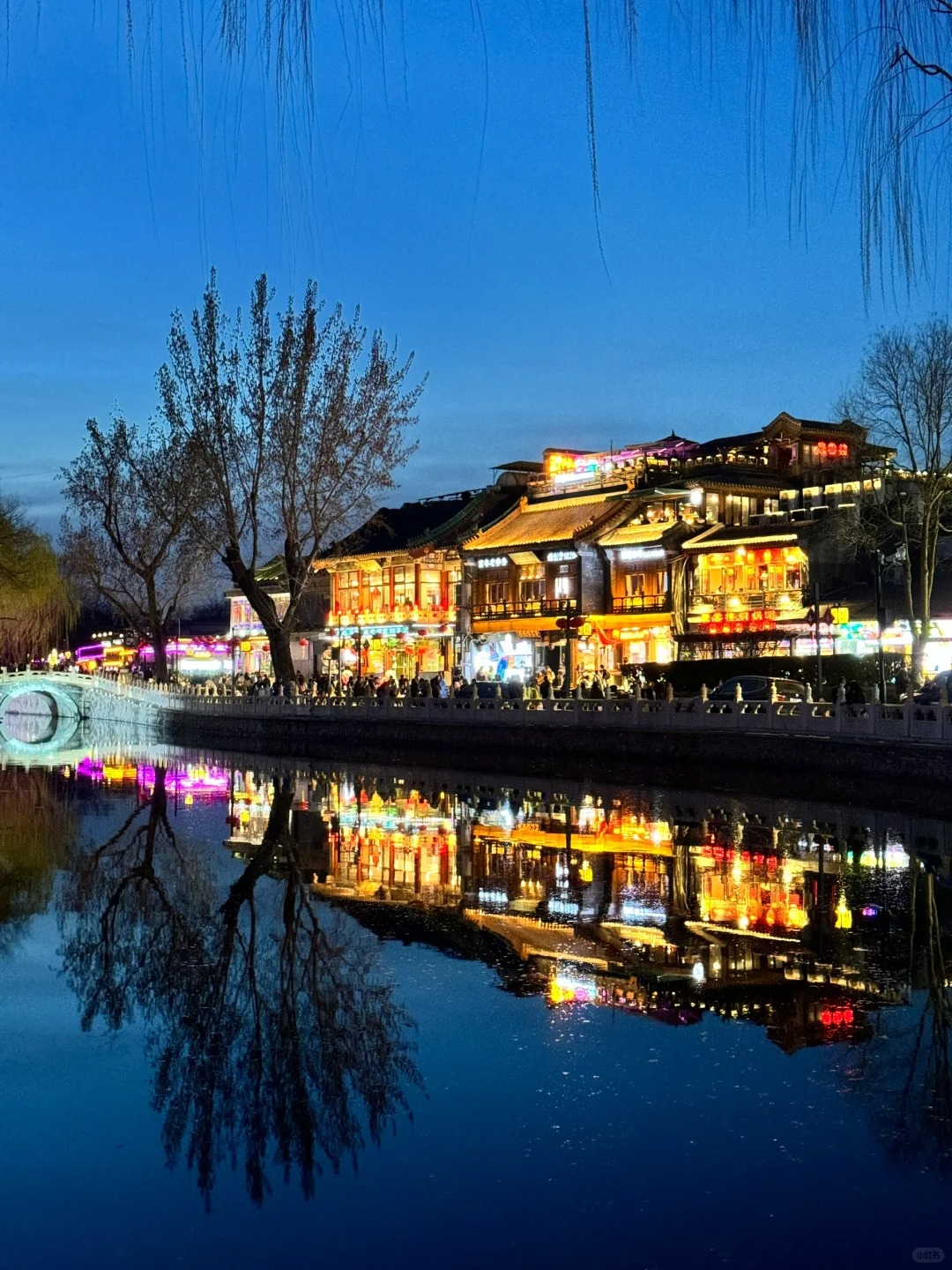
FAQ
- What is Houhai famous for?
Houhai is famous for its scenic lake views, traditional hutongs, historic architecture, and vibrant nightlife. It’s known as a place where old and new Beijing converge. - What’s inside Houhai?
Houhai features a picturesque lake, surrounded by traditional hutongs, historic courtyard houses, bars, restaurants, shops, and various cultural attractions like former residences of notable figures. - Is Houhai free?
Yes, entering the Houhai area is free. However, individual attractions, bars, restaurants, and activities within the area may have their own charges. - Is Houhai worth visiting?
Absolutely. Houhai offers a unique blend of traditional Beijing culture and modern entertainment, making it a must-visit for those wanting to experience both old and new aspects of the city. - What to do in Houhai?
In Houhai, you can take a boat ride on the lake, explore hutongs, visit historic sites, enjoy bar-hopping, try local cuisine, go shopping for souvenirs, or simply stroll around the lake enjoying the scenery. - How do I get to Houhai in the local city?
In Beijing, you can reach Houhai by taking Metro Line 6 or 8 to Beihai North Station and walking about 1km. Alternatively, you can take buses 5, 60, or 107 to the Drum Tower stop, or simply take a taxi directly to Houhai. - How to visit Houhai?
To visit Houhai, plan to spend at least half a day exploring. Start with a walk around the lake, then explore the hutongs. Visit during the day for sightseeing and cultural experiences, and stay into the evening to enjoy the nightlife. Consider taking a guided tour for deeper insights into the area’s history and culture.


